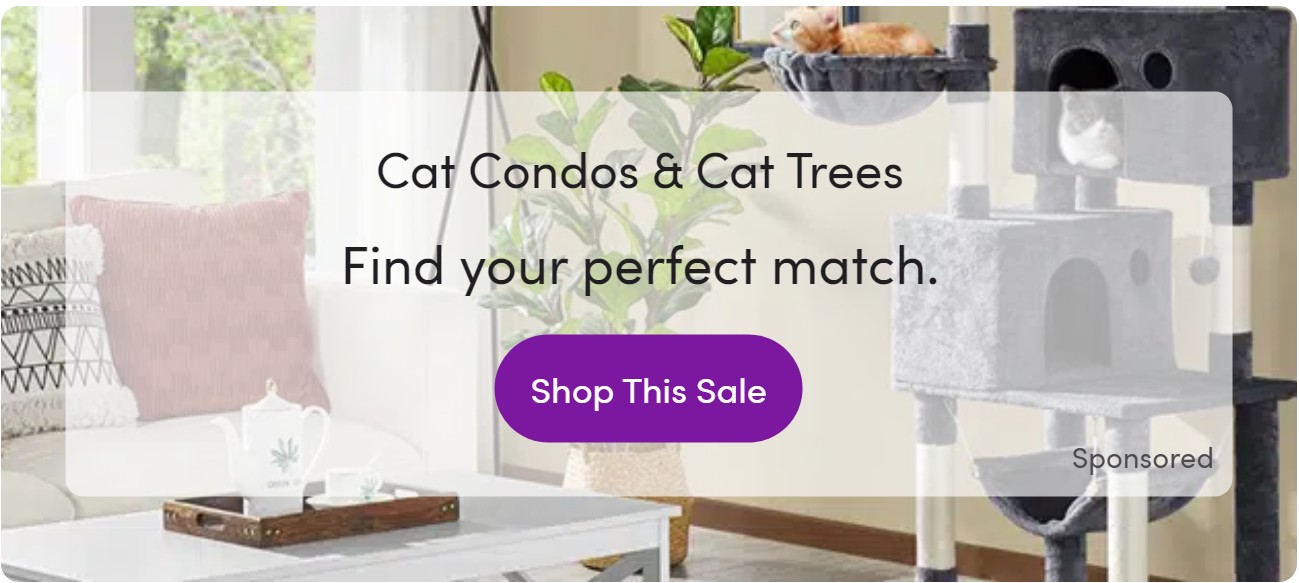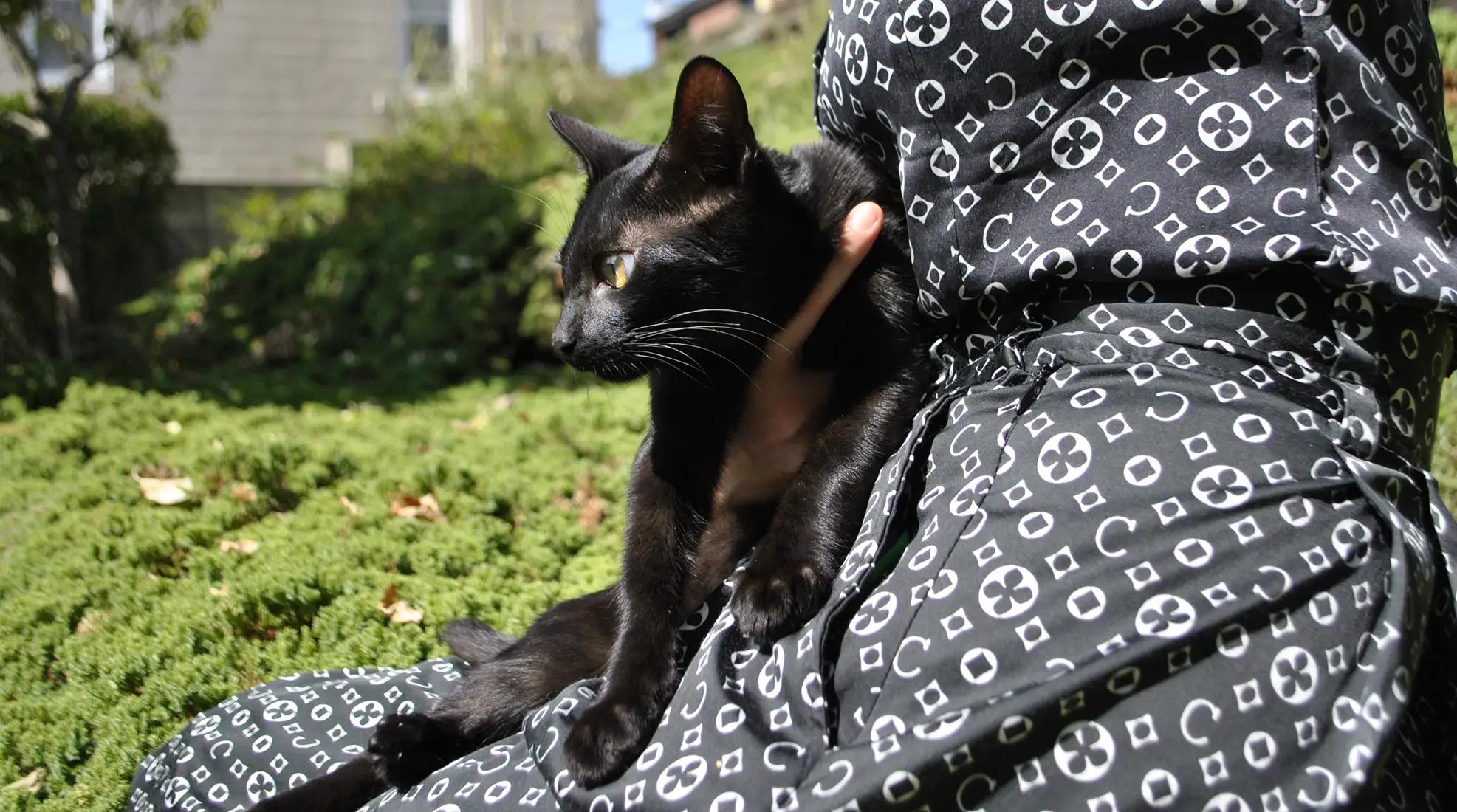Bringing a cat into your home is exciting, but being a responsible cat owner means more than just providing food and water. Cats have unique needs, and the right products can make all the difference in their happiness, health, and comfort. Here’s a guide to the must-have cat products, including some aspects that are often overlooked.
1. Litter Box: Size, Placement, and Type Matter
Every cat needs a litter box, but not all litter boxes are created equal. The size should accommodate your cat comfortably; they should be able to turn around and dig without feeling cramped. For larger breeds like Maine Coons, a jumbo-sized litter box is essential.
Placement is key too. Avoid high-traffic or noisy areas. Cats value privacy, just like humans, and a quiet, easily accessible spot can prevent accidents.
Also, consider the type: covered, uncovered, or automatic. While covered boxes can reduce odor, some cats dislike them because they feel trapped. Automatic litter boxes are convenient but can scare timid cats. Observe your cat’s preferences before deciding.
2. Scratching Posts: More Than Just Furniture Savers
Cats scratch to maintain healthy claws, mark territory, and stretch their bodies. A good scratching post is a must, but the details matter:
-
Material: Sisal rope is durable and satisfying for most cats. Cardboard scratchers are affordable but may not last long.
-
Height: Cats love to stretch while scratching, so the post should be tall enough to allow a full stretch.
-
Stability: Wobbly posts are a no-go. Look for one with a sturdy base.
Bonus tip: Place the scratching post near where your cat tends to scratch—like the side of your sofa—to redirect their behavior.
3. High-Quality Food and Water Bowls
Cats are picky about their eating and drinking habits. Cheap plastic bowls can retain odors and even cause chin acne in some cats. Opt for:
-
Material: Stainless steel or ceramic bowls are durable, easy to clean, and less likely to harbor bacteria.
-
Shape: Wide, shallow bowls prevent whisker fatigue—a discomfort caused by their sensitive whiskers touching the sides of a bowl.
Also, cats prefer fresh, moving water. Consider investing in a water fountain, which encourages hydration and mimics the natural flow of streams.

4. Interactive Toys: Mental and Physical Stimulation
Bored cats can become destructive or even depressed. Interactive toys keep them entertained and mimic natural hunting behaviors. Here are a few examples:
-
Wand Toys: Great for interactive play that strengthens your bond.
-
Puzzle Feeders: These encourage problem-solving and slow down fast eaters.
-
Laser Pointers: Cats love chasing the light, but always end with a tangible toy they can "catch" to avoid frustration.
Rotate toys to keep things fresh; even the most exciting toy can become boring if it’s always available.
5. Cat Trees and Perches: Vertical Space is Vital
Cats love climbing and observing their surroundings from above. A well-designed cat tree or perch provides:
-
Exercise: Jumping and climbing keep them active.
-
Safety: High perches offer a sense of security, especially in multi-pet households.
-
Stimulation: Look for trees with built-in hideouts, platforms, and scratching surfaces.
Make sure the tree is sturdy and placed near a window for added entertainment—cats love watching birds and passersby.

6. Comfortable Bed: A Cozy Retreat
Cats sleep up to 16 hours a day, so a dedicated bed is a must. Here’s what to look for:
-
Material: Soft, washable fabrics are ideal.
-
Shape: Some cats love enclosed beds for the security, while others prefer open cushions.
-
Placement: Place the bed in a quiet, warm area where your cat feels safe.
Pro tip: If your cat doesn’t immediately use their new bed, try placing a blanket or item with your scent on it to make it more appealing.
7. Grooming Tools: Keep Their Coat and Claws Healthy
Regular grooming is essential for your cat’s health and comfort. Consider these tools:
-
Brushes: Choose one based on your cat’s coat type. Long-haired cats need de-shedding brushes, while short-haired cats may only need a simple grooming glove.
-
Nail Clippers: Trim your cat’s claws regularly to prevent overgrowth and accidental scratches. Start slowly if your cat isn’t used to it.
-
Dental Care: Dental health is often overlooked. Use cat-safe toothbrushes and toothpaste to prevent plaque buildup and gum disease.
8. Litter: Finding the Right Fit
Not all cat litter is the same, and preferences vary by cat. Common types include:
-
Clumping Litter: Easy to scoop but may track outside the box.
-
Non-Clumping Litter: Good for absorbing odors but requires more frequent changes.
-
Natural Litter: Made from materials like corn, wood, or walnut shells, it’s eco-friendly but may not suit every cat.
Experiment with small bags until you find a litter your cat is comfortable using.
9. Carrier: For Stress-Free Travel
A high-quality carrier is essential for vet visits and travel. Look for:
-
Size: Your cat should be able to stand, turn, and lie down comfortably.
-
Design: Hard-sided carriers are sturdy, while soft-sided ones are lightweight and easier to store.
-
Extras: Some carriers have features like top-loading doors or built-in privacy covers to reduce stress.
10. Emergency Kit: Be Prepared
Every cat owner should have an emergency kit on hand. Include:
-
Basic first aid supplies (gauze, antiseptic wipes, tweezers).
-
Copies of vet records.
-
Extra food and water.
-
Any necessary medications.
-
Store everything in a waterproof container and keep it easily accessible.
Having these essential products can make life easier for both you and your cat. By considering these often-overlooked details, you can ensure your feline friend feels happy, healthy, and loved every day.

